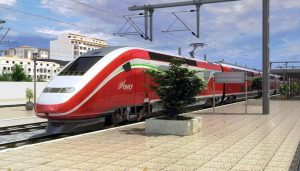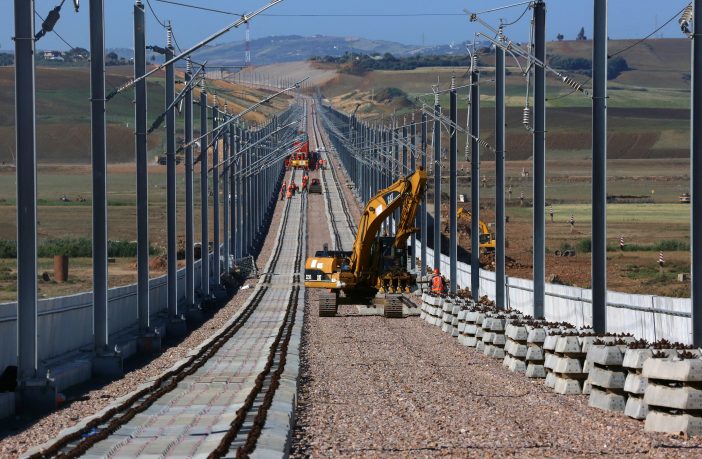- Morocco has inaugurated its first high-speed rail line which is twice as fast as Johannesburg’s Gautrain.
- The new high speed train will connect the economic hubs of Tangier and Casablanca in 2 hours 10 minutes at a speed of up to 320 km/h (199 mph).
- Morocco’s railway office expects 6 million passengers on the line in the first three years of operation.
- The African country wants to source 42% of its energy needs from renewables by 2020.
French President Emmanuel Macron and Morocco’s King Mohammed VI have inaugurated Morocco’s first high-speed rail line which is twice as fast as Johannesburg’s Gautrain.
Known as the LGV, it will connect the economic hubs of Tangier and Casablanca in 2 hours 10 minutes at a speed of up to 320 Km/h (199 mph) instead of almost 5 hours on a regular train.
The US 2 billion project was launched in September 2011 by the king and Nicolas Sarkozy, then president of France. France financed 51 percent of the project, Morocco 28 percent and the remaining 21 percent was provided by Saudi Arabia, Kuwait and the United Arab Emirates.

Morocco’s new high speed train.
Macron’s office said the Moroccan line is an international showcase for the French-made high-speed train. Morocco bought 12 such trains from French manufacturer Alstom. The king named the first line Al Boraq after a mythical winged creature that transported the prophets to the heavens.
Morocco’s railway office expects 6 million passengers on the line in the first three years of operation.
Morocco is also leading the way in renewable energy projects in Northern Africa. The African country wants to source 42% of its energy needs from renewables by 2020 and has undertaken an integrated programme to increase its wind and solar power capacities to 2 GW each by 2020.
The country’s agency for solar energy MASEN, is currently overseeing construction works at three large-scale Concentrated Solar Plants (CSP) – Noor I, II and III at the Ouarzazate site – a surface of about 33 sq km (3,300 ha). The three CSP have a total capacity of 510 megawatts.
Author: Bryan Groenendaal











